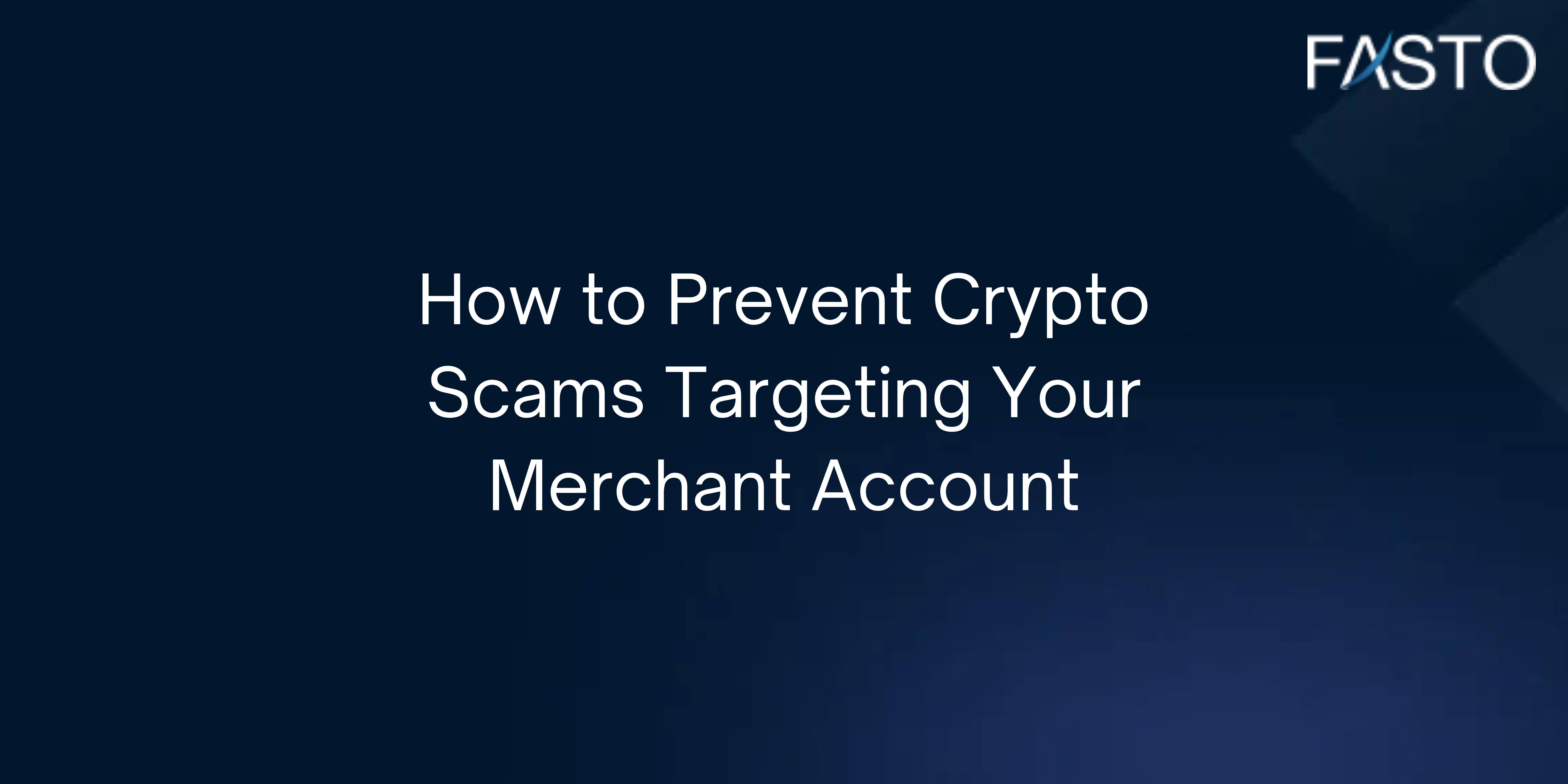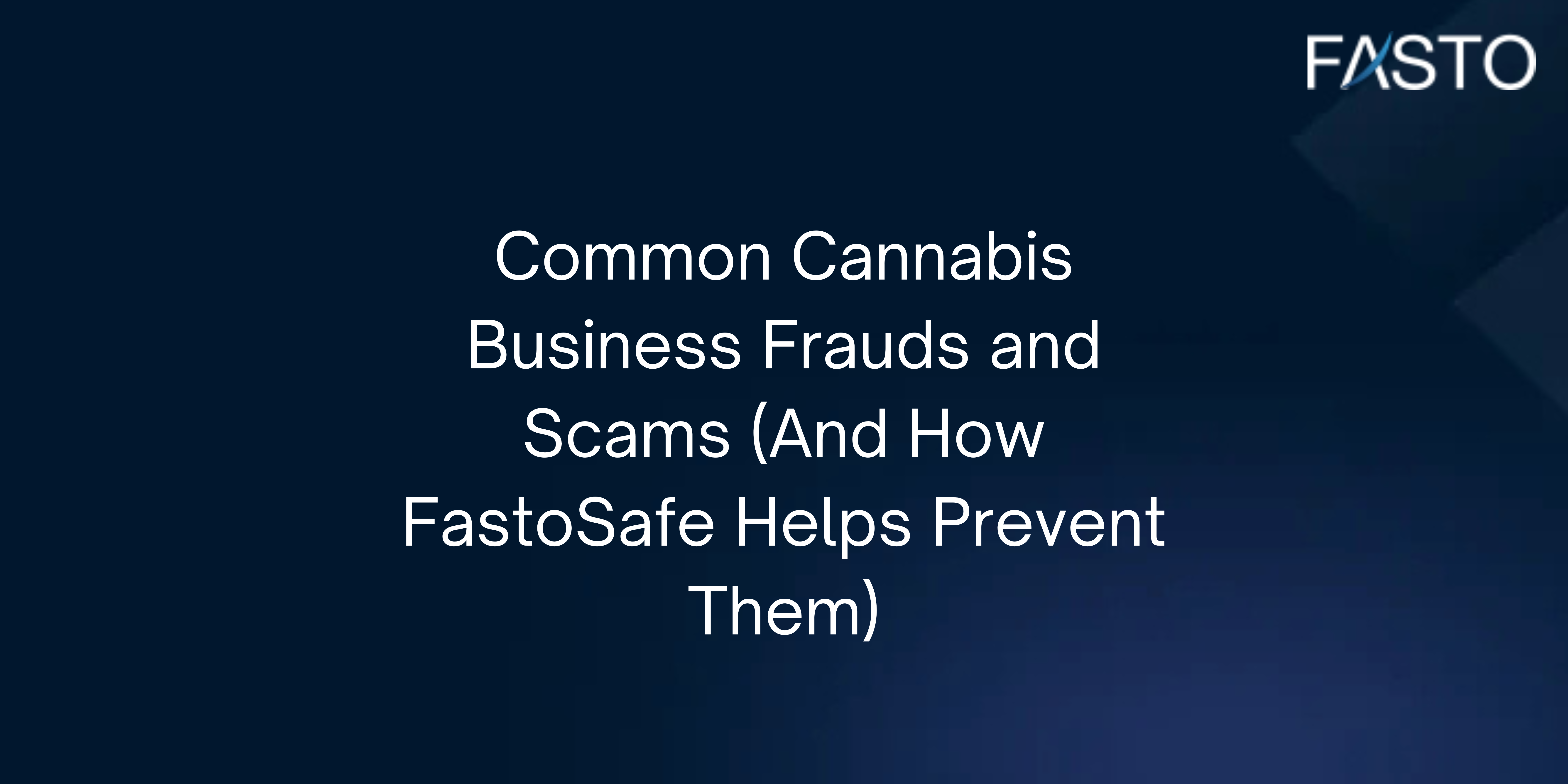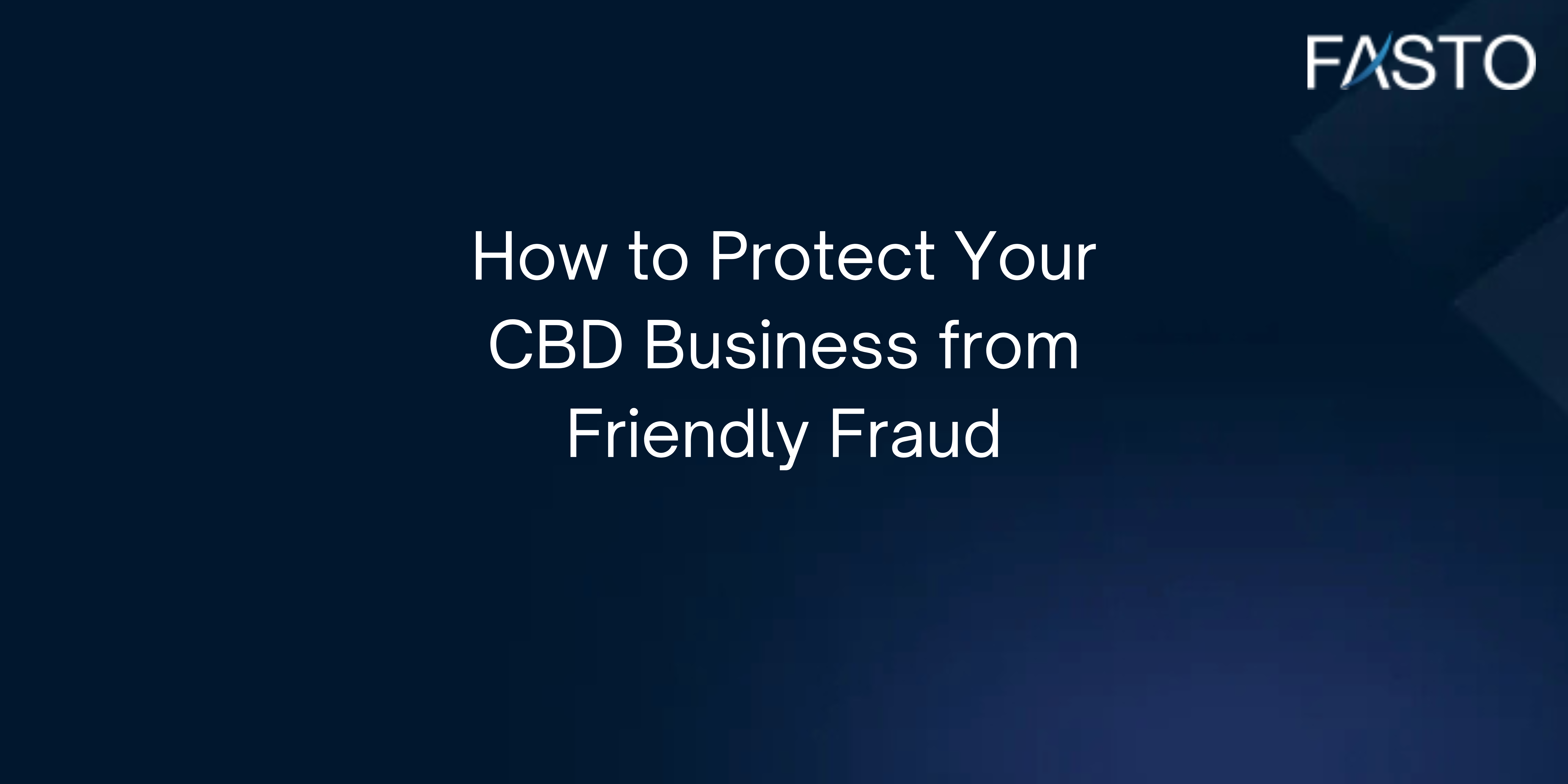You’ve just been denied a merchant account, now what?
If your business is on the MATCH List (Member Alert to Control High-Risk Merchants) or Terminated Merchant File (TMF), banks view you as high-risk, blocking access to standard payment processing.
This often comes as a shock to merchants who may not even realize they’ve been listed until they attempt to open a new merchant account and face rejection.
But there’s hope: FastoSafe specializes in TMF/MATCH list removal services and high-risk merchant solutions, helping businesses regain approval or secure alternative processing.
With over a decade of experience working with blacklisted merchants, our team has successfully helped hundreds of businesses restore their payment processing capabilities.
What Is the MATCH List & Why Were You Placed on It?
Understanding the MATCH/TMF System
The MATCH List is a database used by acquiring banks to flag merchants deemed high-risk due to excessive chargebacks, fraud, or violations of processor terms.
Created and maintained by Mastercard, this global database is accessible to all member financial institutions and serves as a warning system within the payment processing industry.
Unlike general high-risk payment processing categorizations, MATCH listing is severe, it’s a blacklist that can cripple your ability to accept payments.
While being categorized as a high-risk industry might mean higher processing fees, being on the MATCH list typically results in outright rejection from most traditional payment processors and can persist for up to 5 years.
Common Reasons for MATCH Listing
-
Excessive chargebacks: Surpassing processor thresholds (usually 1% chargeback rate). Most acquiring banks use a rolling 3-month average to monitor this ratio, and exceeding the threshold for consecutive months almost guarantees listing.
-
Fraudulent activity: Suspected chargeback fraud or illegal transactions. This includes transaction laundering, where merchants process payments for undisclosed businesses or prohibited products through their legitimate merchant account.
-
Contract violations: Breaching terms like sudden product changes or hidden fees. Particularly problematic are merchants who change their business model after approval or engage in “bait and switch” tactics that lead to consumer complaints.
-
Regulatory non-compliance: Failure to meet industry-specific rules (like those in CBD or gambling). Each regulated industry has unique compliance requirements, and ignorance of these standards is not considered a valid defense against MATCH listing.
Additional MATCH triggers include
-
Data security breaches: Failure to maintain PCI DSS compliance leading to compromised cardholder data.
-
Identity concerns: Discrepancies in business ownership documentation or operating under multiple business names without disclosure.
-
Bankruptcy: Businesses that file for bankruptcy while holding outstanding processing liabilities may be automatically added to the MATCH system.
How to Get Off the MATCH List?
When Removal Is (and Isn’t) Possible
Removal is rare and requires cooperation from your original acquirer.
If the bank reports you for valid reasons (such as fraud), you’re likely stuck for 5+ years. However, errors or wrongful listings can be contested with evidence like resolved chargebacks or corrected compliance issues.
Successful removals typically involve clear documentation of either bank error or proof that the conditions leading to the listing have been fully remediated.
As Dennis, Fasto CEO says: “Getting placed on the MATCH list doesn’t mean your business is over, it means you need to be strategic. With the right approach, you can still process payments and rebuild your credibility.”
Steps to Challenge a Wrongful MATCH Listing
Begin by contacting your former processor to request specific details about the exact reason for your listing.
Request the specific MATCH reason code (there are 13 official codes) and the exact date of the listing, as this information is critical for any challenge.
Next, gather all relevant evidence, including proof of resolved disputes or documentation showing your compliance with regulations. This may include payment of outstanding balances, chargeback resolution documentation, updated compliance certifications, or evidence of mistaken identity if applicable.
Finally, submit a formal reversal request through your original acquirer, as they must be the ones to file it directly with Mastercard.
Remember that only the acquirer who placed you on the list has the authority to initiate removal with Mastercard.
If your original acquirer has been unresponsive, consider engaging legal counsel specialized in payment processing disputes to facilitate communication.
The removal process typically takes 30-90 days from initial request to resolution, depending on the complexity of your case and the responsiveness of your former acquirer.

Getting a Merchant Account Even If You’re on the MATCH List
Alternative High-Risk Payment Processing
Specialized high-risk providers such as FastoSafe offer merchant account approval to MATCH-listed businesses with tailored underwriting.
How FastoSafe Helps Blacklisted Merchants
FastoSafe provides MATCH List workarounds to secure merchant account reinstatement or approval through alternative networks.
We implement chargeback fraud prevention tools to reduce future risks and offer compliance support to help navigate regulations and avoid repeat listings.
Get Off the MATCH List & Regain Payment Processing Today
In this article, we’ve looked at how to get off the MATCH list and start accepting payments again.
At FastoSafe, we offer an initial consultation with a comprehensive evaluation of your MATCH status, potential removal pathways, and immediate processing alternatives available to your business. Contact us for a free assessment.



